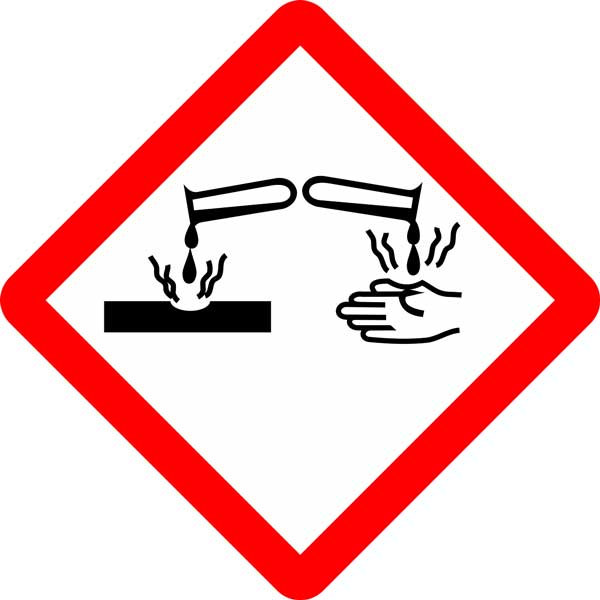Acid attacks are increasing and can be very dangerous to both victim and first responders
In the hazmat world, the word “acid” brings to mind railcar leaks or industrial plant disasters. Yet there’s been a growing and disturbing trend of acid used as a weapon in personal attacks.
Chemical attacks on individuals made worldwide headlines in 2017 when Kim Jong-nam, half-brother of North Korean President Kim Jong-un, died from an attack in Malaysia using the nerve agent VX. And the world sat up and took notice again in spring of 2018 when a former Russian intelligence officer, Sergei Skripal, and his adult daughter, Yulia Skripal, were attacked with the nerve agent Novichok in a park in the southern English city of Salisbury.
And while these weapons-grade nerve agents can be in liquid form and absorbed through the skin, they are difficult to make and handle.
Far more common, though not as deadly, is the use of liquid acids.
Several years ago, a London ambulance was en route to an emergency call when it was flagged down by three men. When the driver stopped, the men covered their faces and tossed a liquid through the partially opened window, splashing the paramedic’s face, neck and chest, according to The Guardian. The substance was identified as noxious, not an acid — it caused irritation but not the typical skin burning acid causes.
Earlier this month in London, three people were attacked with a corrosive liquid, thought to be acid. One of the victims was a 10-year-old girl; all three were hospitalized. Likewise, several police officers who responded to the incident had to be treated at the scene. All three victims survived and none of the police officers were seriously injured, the BBC reported.
According to the UK-based Acid Survivors Trust International, London alone had more than 400 acid attacks in just 2016. ASTI assists acid-attack victims by, among other things, helping train surgeons in reconstructive techniques and lobbying for stronger laws regarding acid attacks. Most of the attacks it has data for are happening in Europe, the Middle East and parts of Asia.
In England, acid has become a favorite weapon in part, authorities speculate, because it is easy to obtain, hard to trace and the punishments are not as severe as they are for, say, knife attacks.
There have not been as many reported cases here in the U.S., but those that are, tend to fall into the hate-crime category.
In March of this year, a 21-year-old woman spent several weeks in the hospital recovering from battery acid burns; she may never fully regain her eyesight. According to the New York Times, the woman was leaving work in Long Island, N.Y. when a hooded man threw a cup of acid on her. The attacker was not caught and it is unclear if her Pakistani heritage played a role.
In 2019 a white Wisconsin man was charged with a hate crime for throwing acid on a Hispanic man’s face after the two had a heated exchange over vehicle parking, which escalated into racial slurs. The victim, a U.S. citizen who emigrated from Peru, was left with second-degree burns, Aljazeera reported. A search of the attacker’s home found sulfuric acid, muriatic acid and two bottles of drain opener that was 100% lye.
It’s not clear if this form of attack will continue to gain in popularity. If it does, we need to be prepared. Here are three ways hazmat teams can help mitigate this threat.

ONE
Train police, EMS and fire personnel. Leave-behind pamphlets or posters on how to handle acid attacks and short in-person regular trainings sessions are a good start.
TWO
Make acid-attack kits for first responders. If you cannot afford the actual items, provide a checklist of what to carry. That should include gloves, full face shield, N-95 mask, gown and distilled water.
THREE
Train emergency personnel to be on the alert for such attacks against them. As the London paramedic case shows, it is easy to be caught off guard in these ambush attacks.
Original post – Copyright © 2022 HazmatNation.com. Externally linked references may hold their own independent copyright not assumed by HazmatNation











